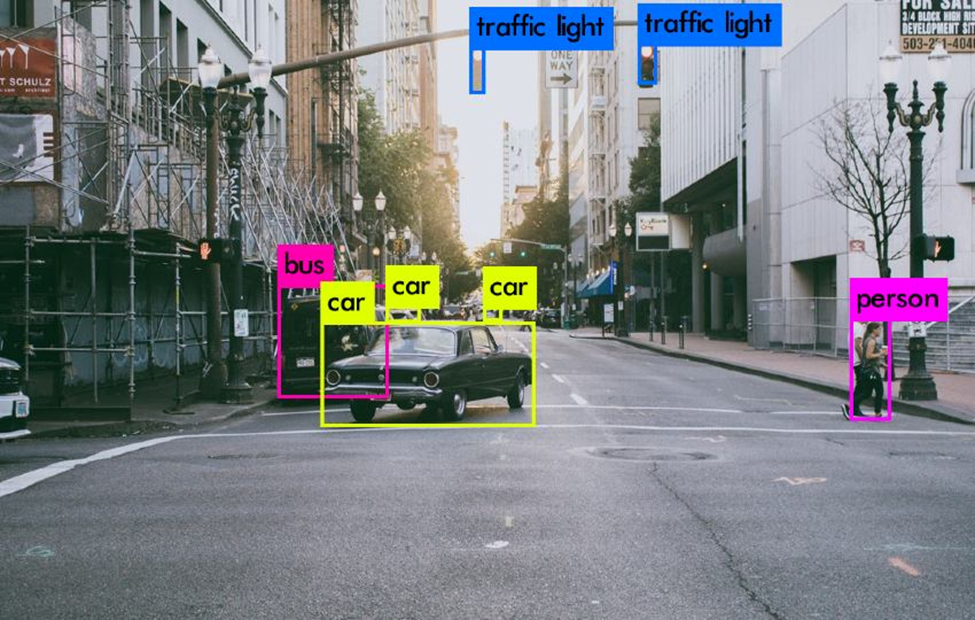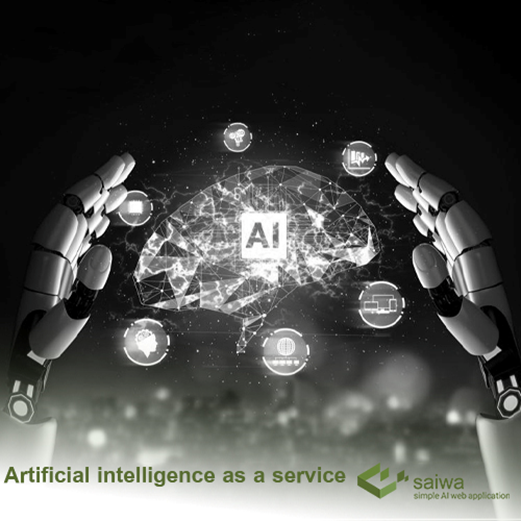image labeling online Tools
What Are image labeling online Tools?
The technique of putting labels to a picture or series of
photos is referred to as image labeling online
tool. Manual efforts are often involved, while certain picture annotation
processes can be semi-automated.
picture annotation is used to train computer vision algorithms
for tasks such as picture categorization and object recognition. Machine
learning engineers first identify the labels for the model and build a labeled
dataset with a large number of sample photos allocated to each label before
training and evaluating such algorithms. The procedure of developing this
dataset involves image labeling online.
image labeling technologies help teams evaluate a huge
number of photos and attach labels to full images or particular portions within
an image. These tools produce a structured dataset for training computer vision
algorithms.
Advantages of image labeling online
image labeling online tool can benefit a variety of
businesses, including e-commerce, healthcare, and autonomous driving. It allows
robots to accurately detect and categorize things in photos. This improves
their ability to perform tasks such as item identification, picture search, and
diagnosis.
This might lead to increased production, efficiency, and
cost savings. Annotated images may also be used to train and improve machine
learning models, increasing their precision and efficacy. Picture annotation,
which improves the field of computer vision, enables robots to perceive and
interpret visual input.
What are the different types of image labeling online?
Data scientists and ML engineers can choose from a range of
annotation types to add to photos when creating a fresh labeled dataset for use
in computer vision applications. To assist with tagging, researchers will
employ an image markup tool. Within computer vision, the three most frequent
picture annotation kinds are:
Classification
The purpose of whole-image classification is to simply
determine which objects and other features exist in an image without attempting
to localize them inside the picture.
Object detection
The purpose of
picture object detection is to determine the position (by bounding boxes) of
individual items inside the image.
Image segmentation
The purpose of
picture segmentation is to detect and comprehend what is in the image at the
pixel level. In contrast to object detection, where the bounding boxes of
objects might overlap, every pixel in an image is allocated to at least one
class. This is sometimes referred to as semantic segmentation.
Whole image classification, which correlates a whole picture
with just one label, gives a comprehensive categorization of an image and is a
step up from unsupervised learning. It is by far the simplest and quickest to
annotate when compared to the other standard alternatives. Whole-image
classification is also useful for abstract data like scene identification or
time of day.
In contrast, bounding boxes are the industry standard for
most object identification use cases and need a greater degree of granularity
than whole-image categorization. They strike a compromise between annotation
speed and item targeting.
picture segmentation is typically used to assist use cases
in a model when you need to know absolutely whether or not a picture includes
the item of interest as well as what does not contain the object of interest.
In comparison, alternative annotation kinds, such as categorization or bounding
boxes, may be faster but transmit less information.
Image Labeling online in saiwa
Image labeling online in Saiwa
is a simple technique that can be completed in several phases.
Here are some phases to manually label an image:
1.
Select the image dataset
2.
Establish the label
classes.
3.
Use labeling software to
label the images.
4.
Save the labeling data in a
training format (JSON, YOLO, etc.).
The features of the Saiwa image labeling online service
·
Promote the use of the
three most common types of labeling.
·
For complicated situations,
an interactive interface with a few clicks is required.
·
Save to commonly used
labeling formats
·
Labels with various
overlapping and advanced
·
The results can be exported
and archived locally or in the individual’s cloud.
·
The Saiwa team can
customize services through the “Request for Customization” option.
·
View and save the labeled
images.
How does an AI data engine support complex image labeling?
image labeling online tool projects begin by determining
what should be labeled in the images and then instructing annotators to perform
the annotation tasks using an image labeling online tool.
Annotators must be thoroughly trained on the specifications
and guidelines of each image labeling project, as every company will have
different image labeling requirements. The annotation process will also differ
depending upon the image labeling tool used.
Once the annotators are trained on proper data annotation
procedures for the project, they will begin annotating hundreds or thousands of
images on an image labeling tool.
Data engine software like Labelbox is not only equipped with
an image labeling tool, but also allows AI teams to organize and store their
structured and unstructured data while providing a model training framework.
This scalable and flexible image labeling tool allows you to
perform all the tasks mentioned above, from image classification to advanced
semantic segmentation.
In addition, a best-in-class data engine will typically
include additional features that specifically help optimize your image labeling
projects.
Best image labeling Tools
Label Studio
Label Studio is an
open source data labeling tool that includes annotation functionality. It
provides a simple user interface (UI) that lets you label various data types,
including text, audio, time series data, videos, and images, and export the
information to various model formats.
VGG Image Annotator
VGG Image Annotator (VIA) is an open source tool for manual
annotation of image and video data, developed at the Visual Geometry Group
(VGG). It is released under the BSD-2 clause license to allow use for academic
and commercial purposes.
This lightweight tool is based on HTML, Javascript, and CSS
with no dependency on external libraries. It is a single self-contained HTML
page (less than 400 KB) you can run as an offline application in modern web
browsers without any setup or installation.
Make Sense
makesense.ai is
a free, open source tool for labeling images. This online tool does not require
installation, does not store images, and offers a cross-platform experience.
You can use this tool simply by visiting the website, regardless of the
operating system you are using.




Comments
Post a Comment